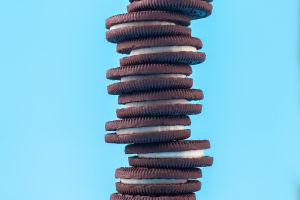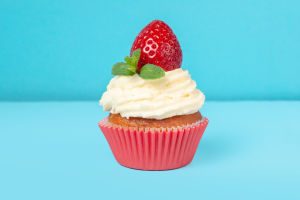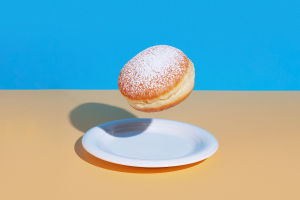Edible flowers add beauty and unique flavors to meals, enhancing everything from salads to desserts.
However, not all flowers are safe to eat, and even edible ones require caution.
Here's how to enjoy edible flowers safely and deliciously.
Not every flower is edible, and some are toxic. If you plan to use flowers in food, only select those specifically recognized as safe to eat. Common safe choices include:
Nasturtiums – Peppery flavor, great for salads.
Violets – Sweet taste, perfect for desserts.
Marigolds – Citrusy with a hint of spice.
Lavender – Adds a floral note, especially in desserts.
Rose Petals – Subtle, sweet, and ideal for teas and jams.
Many flowers are beautiful but dangerous to eat. Toxic flowers like lilies, foxgloves, and daffodils should never be ingested, as they can cause severe reactions. If you're new to edible flowers, consult a guide or an expert to avoid potentially harmful plants.
Tips for Eating Edible Flowers Safely
- Know Your Source:
Only buy edible flowers from trusted suppliers or grow them yourself. Avoid flowers from florists or garden centers, as they may have been treated with pesticides or chemicals unsafe for consumption.
- Choose Organic or Homegrown Flowers:
Use organically grown flowers, especially those from your own garden, where you control what chemicals are used. Pesticide-free flowers are safer to eat and retain more natural flavor.
- Moderation is Key:
Some flowers contain compounds that may cause digestive discomfort if consumed in large amounts. Flowers like lavender and chamomile are safe in small doses but can upset the stomach in excess. Start with small portions, particularly if you're trying a new flower.
- Watch for Allergies:
Like any food, flowers can cause allergic reactions. If you or anyone you're serving has a history of allergies, introduce edible flowers gradually. Flowers like chamomile and daisies can trigger reactions in those allergic to ragweed.
- Remove Pistils and Stamens:
When preparing flowers for dishes, remove pistils and stamens, as they can have strong or bitter flavors. Use only the petals for a milder taste and to reduce the risk of adverse reactions.
Popular Culinary Uses for Edible Flowers
Salads and Soups: Brighten salads and soups by adding flower petals. They bring a hint of flavor and vibrant color.
Desserts: Flowers like lavender, violets, and rose petals pair well with sweets, enhancing cakes, pastries, and ice creams.
Teas and Drinks: Edible flowers like hibiscus and chamomile make excellent teas. Freeze small flowers in ice cubes to decorate beverages.
Infused Oils and Syrups: Flowers like rosemary blooms or elderflowers add fragrance to oils and syrups, enhancing both sweet and savory recipes.
While edible flowers can elevate meals, safety should be your top priority. Understanding which flowers are edible, sourcing them responsibly, and preparing them with care are key to enjoying them safely. Start with well-known edible flowers, try small amounts, and be mindful of how they affect you.
Flowers and delicacies are a delicious addition to any dish, but careful selection and preparation are essential. By using edible flowers thoughtfully, choosing safe sources, and eating them in moderation, you can enjoy the world of floral flavors safely.
With a bit of caution, edible flowers can enhance your culinary creations, bringing beauty, fragrance, and unique taste to the table.


